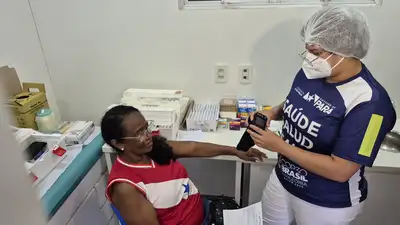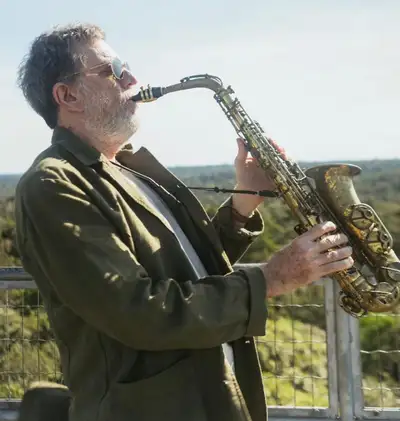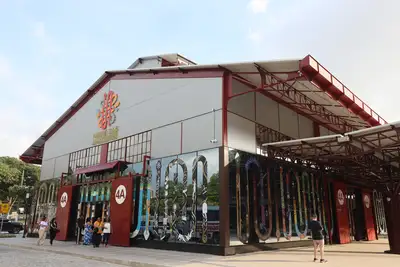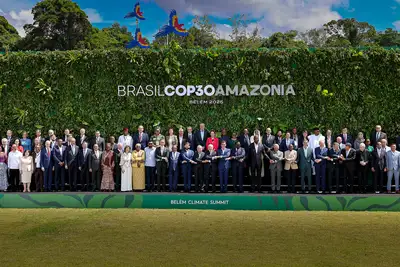Historic vessel found at Nova Doca receives final touches to be displayed to the public
22-meter metal boat, featuring characteristics from the late 19th and early 20th centuries, was one of the main archaeological finds of the Nova Doca Linear Park project and underwent a restoration process
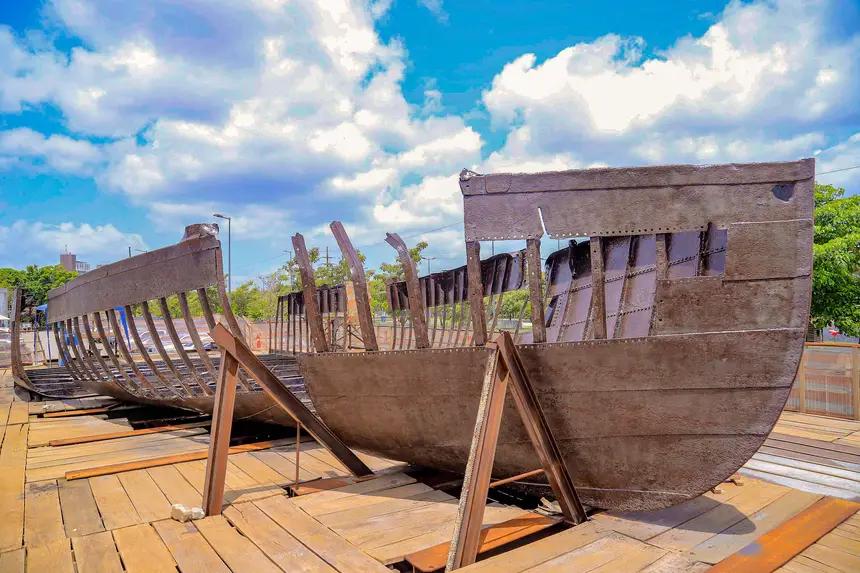
The metal vessel found during the excavations of the Nova Doca Linear Park works in Belém has been restored after a meticulous conservation process carried out between February and July of this year. Now, the piece is undergoing inspections to identify possible touch-up points in the coating layer.
After being recovered in three stages, the vessel was taken to a laboratory set up next to Porto Futuro I, where it will eventually be displayed to the public. The artifact, associated with the Rubber Cycle, is expected to reveal new information about the urban and economic history of the capital of Pará.
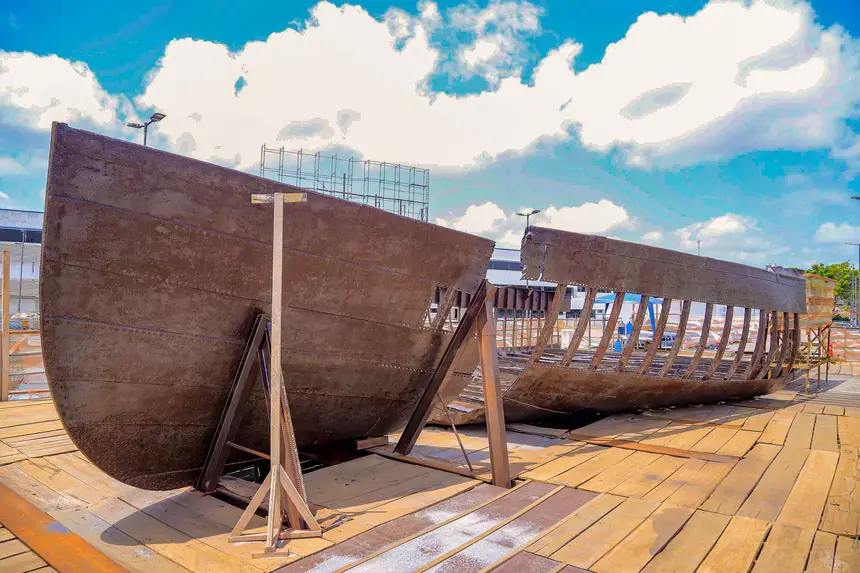
The cleaning and restoration stages mobilized architects, engineers, archaeologists, museologists, conservators-restorers, and construction professionals. Various tests were conducted to define the restoration strategies.
“The greatest difficulty of the restoration is the fragility in some areas of the vessel. As the structure had been buried for many years in a humid environment, corrosion advanced in several points. A delicacy with the material itself is necessary, as its properties are exposed to the open air. Another major challenge was to build a structure above ground level where the restoration would take place, due to the great weight of the vessel,” explains Tainá Arruda, the architect responsible for the conservation of the piece.

Historical value - Measuring 22 meters in length, the boat was one of the main archaeological finds of the Nova Doca Linear Park project. During the excavations, fragments of dishes and bottles were also found. “These artifacts are part of the history of the city of Belém. They date back at least between 200 and 300 years, placed in the context of colonization, the Empire, and the beginning of the Republic,” adds archaeologist Kelton Mendes.
The vessel is expected to provide new information about the urban formation of Belém and the transformations in the society's relationship with rivers and igarapés, which were previously used as circulation routes. The find occurred in an area that was an economic entrepot and is now a commercial and residential neighborhood, far from its port origins.
“The physical characteristics of the vessel suggest a possible example of European or American origin, built between the mid-19th century and the early 20th century. During this period, the peak of the Rubber Cycle, vessels with metal hulls began to circulate, which were more resistant and capable of transporting large volumes. They connected Belém to riverside cities and rubber plantations, integrated markets, and boosted the flow of products such as rubber, cocoa, nuts, and timber, playing a central role in the region's economy,” details Tainá Arruda.
Nova Doca Linear Park - The Nova Doca project, one of the main investments of the Government of Pará for the 30th United Nations Conference on Climate Change (COP30), is 97% complete. The site was designed to offer diverse leisure and social spaces, including areas for sports, contemplation, food, and children's recreation. Among the planned facilities are a metal walkway with a viewpoint, kiosks, gardens, picnic areas, event spaces, pet areas, road urbanization, playgrounds, outdoor gyms, and an interactive fountain.
A result of a partnership between the Government of Pará and the Federal Government, through Itaipu Binacional, the project is executed by the State Secretariat for Public Works (Seop). The intervention covers 1.2 kilometers of canal, with drainage, urbanization, bike lanes, landscaping, and new walkways.
Text by Arthur Andrade, intern, supervised by Gustavo Pêna


